As legacy studios like Disney face formidable problems, a new report suggests CEO Bob Iger might revisit a “once-unthinkable option” — that Apple might buy the company, or at least a stripped-down version of it.
After all, in a near-future of even greater tech-company dominance over entertainment, Disney may need deep-pocketed protection. And its longstanding connection with Apple could come into play.
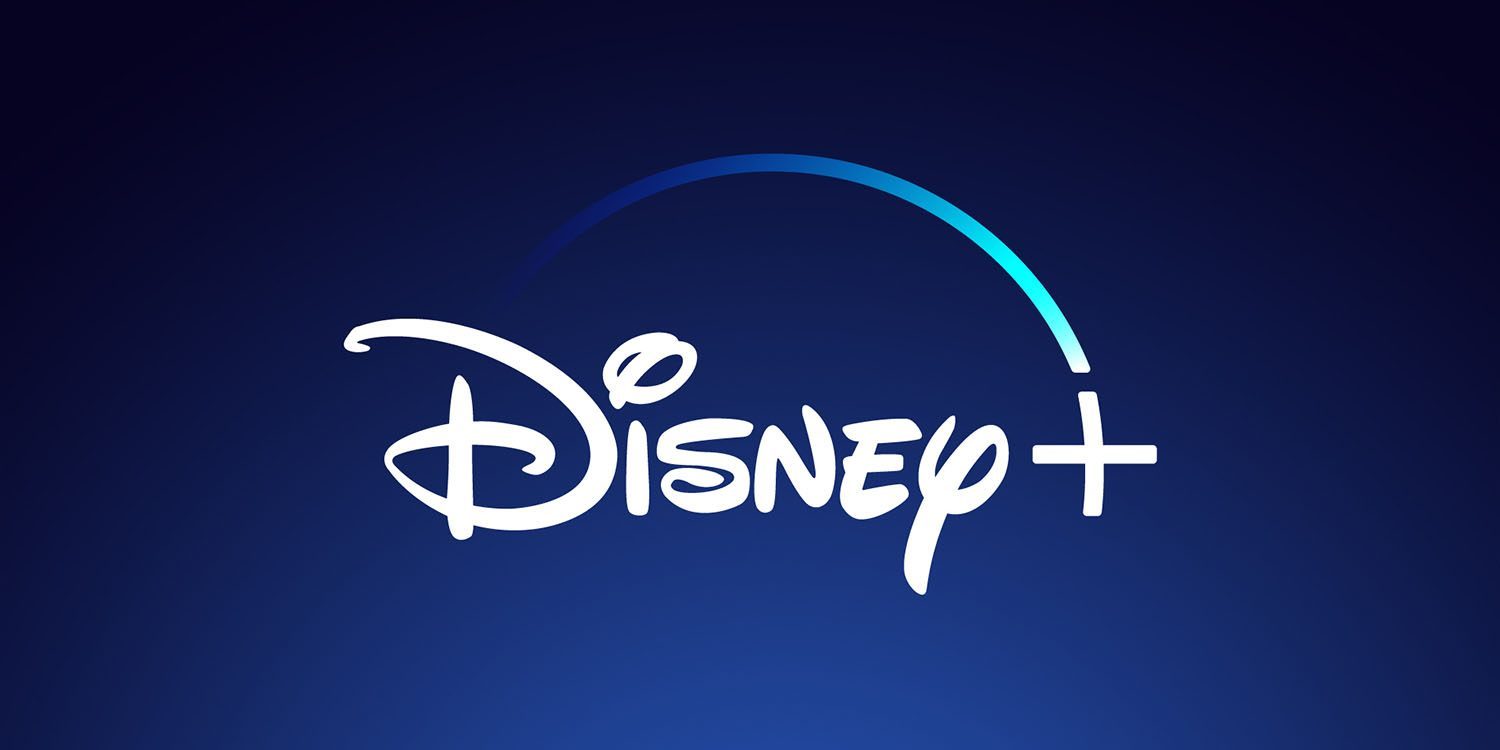
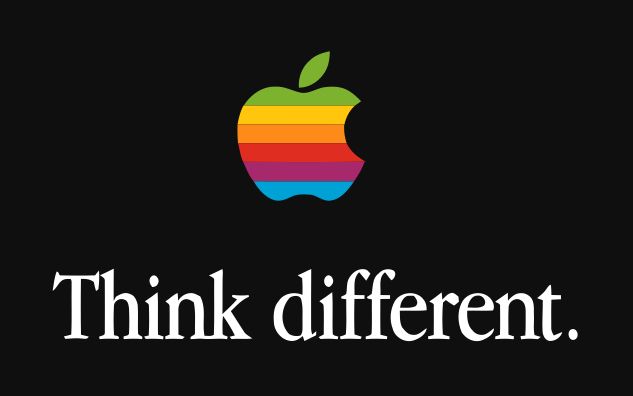
 August 8, 1997: At Macworld Expo, Steve Jobs introduces the world to Apple’s new slogan, “Think different.” The catchy marketing reassures fans that Apple is
August 8, 1997: At Macworld Expo, Steve Jobs introduces the world to Apple’s new slogan, “Think different.” The catchy marketing reassures fans that Apple is 
 August 7, 2006: Apple unleashes the first Mac Pro, a high-end desktop computer that completes the company’s transition from PowerPC to Intel processors.
August 7, 2006: Apple unleashes the first Mac Pro, a high-end desktop computer that completes the company’s transition from PowerPC to Intel processors.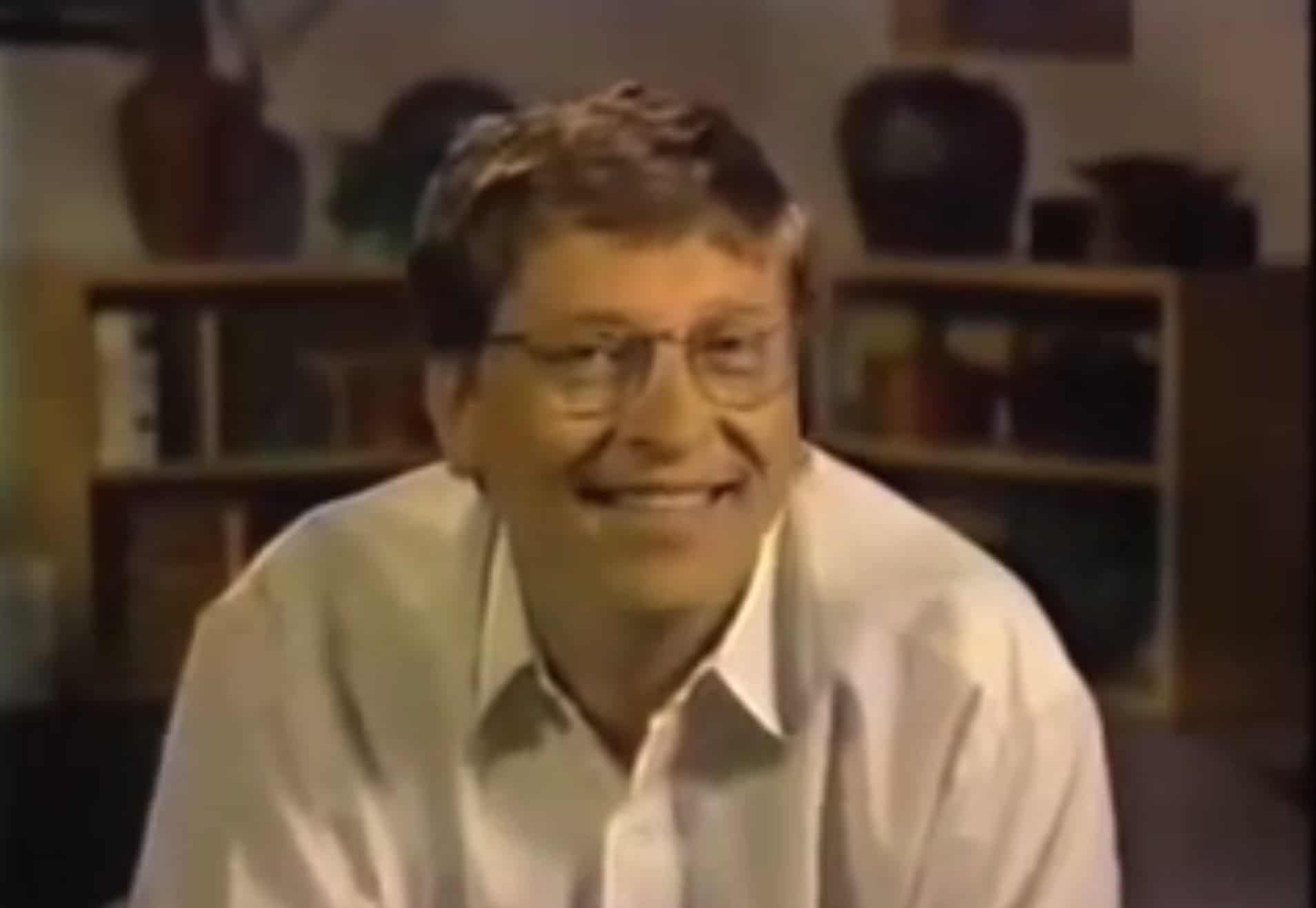
 August 6, 1997: In one of the most famous moments in Apple history, Steve Jobs reveals that Microsoft invested $150 million in its rival.
August 6, 1997: In one of the most famous moments in Apple history, Steve Jobs reveals that Microsoft invested $150 million in its rival.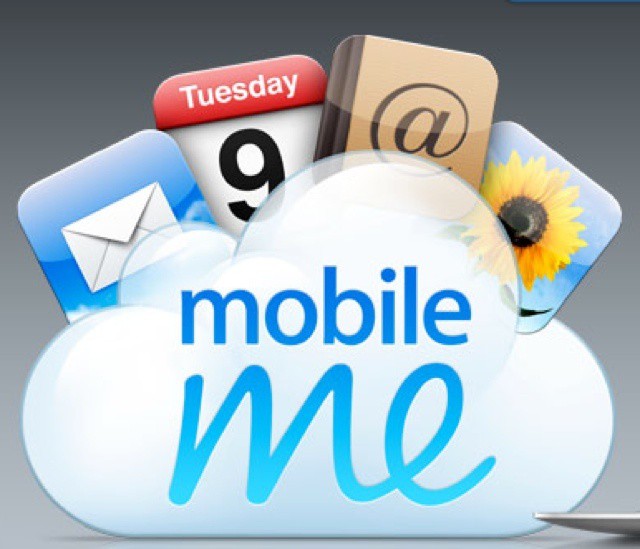
 August 4, 2008: Steve Jobs owns up to mistakes in launching MobileMe, spinning Apple’s bungled cloud service rollout as a learning opportunity.
August 4, 2008: Steve Jobs owns up to mistakes in launching MobileMe, spinning Apple’s bungled cloud service rollout as a learning opportunity.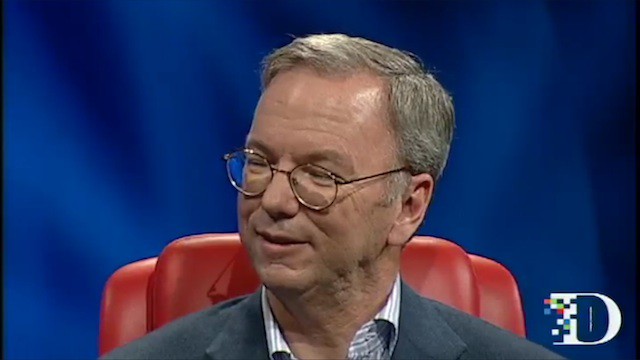
 August 3, 2009: Google CEO Eric Schmidt resigns from Apple’s board of directors amidst increasing competition between the two companies.
August 3, 2009: Google CEO Eric Schmidt resigns from Apple’s board of directors amidst increasing competition between the two companies.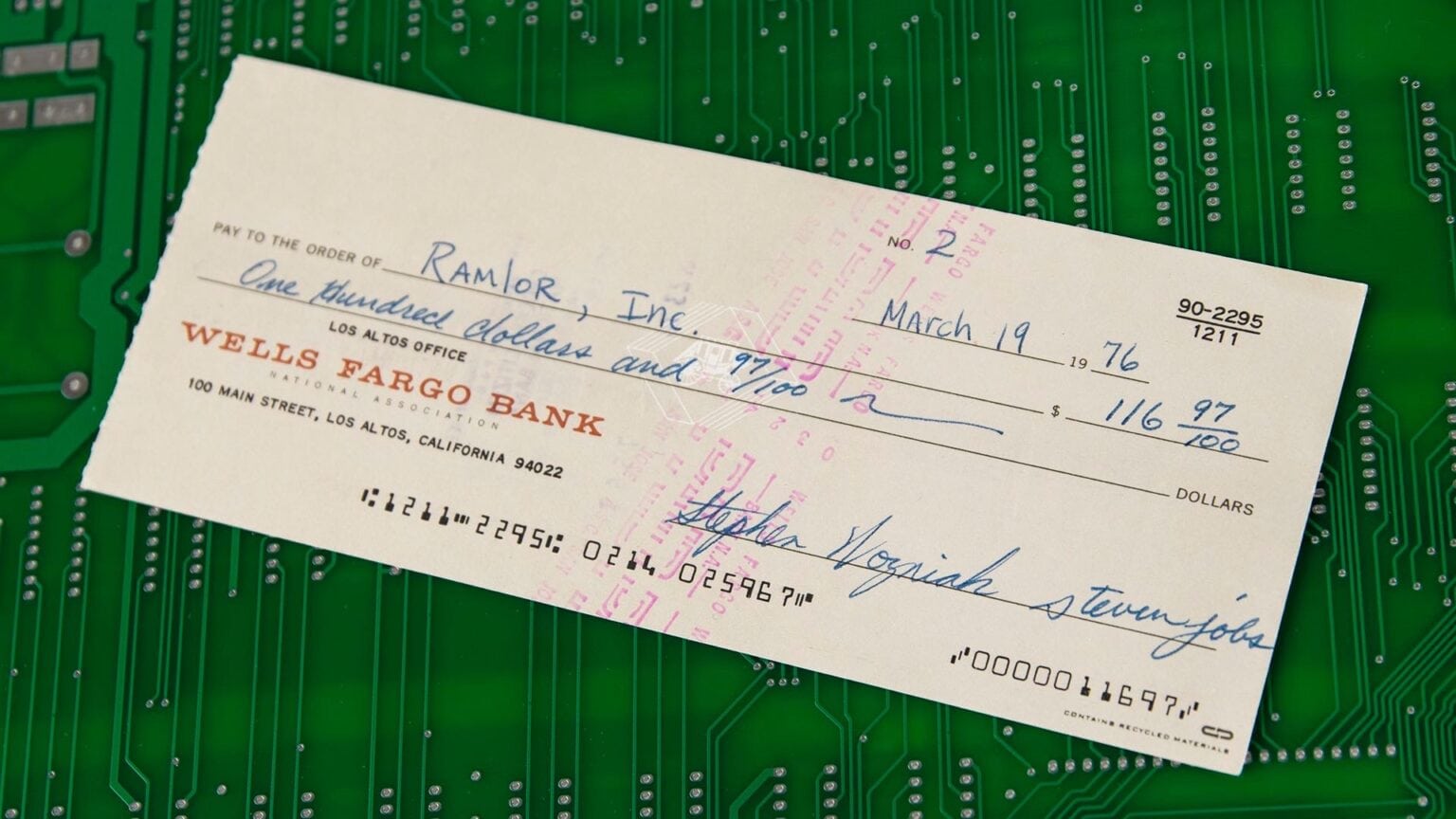
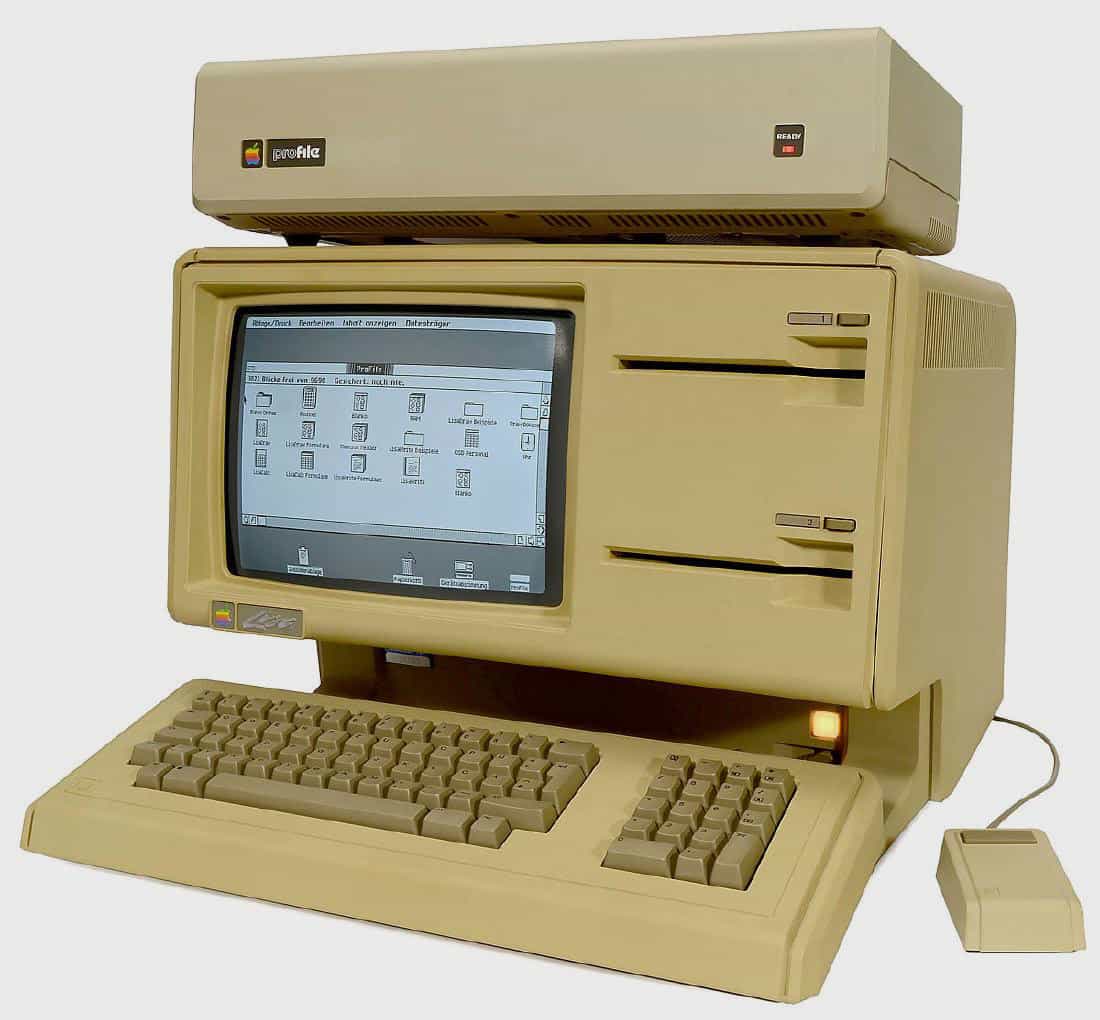
 July 30, 1979: Apple engineers begin work on the Lisa computer, the company’s first machine to come with a graphical user interface and mouse.
July 30, 1979: Apple engineers begin work on the Lisa computer, the company’s first machine to come with a graphical user interface and mouse.
 July 27, 1955: Joanna Hoffman, who will join the original Macintosh and NeXT teams and become Steve Jobs’ first right-hand woman, is born in Poland.
July 27, 1955: Joanna Hoffman, who will join the original Macintosh and NeXT teams and become Steve Jobs’ first right-hand woman, is born in Poland.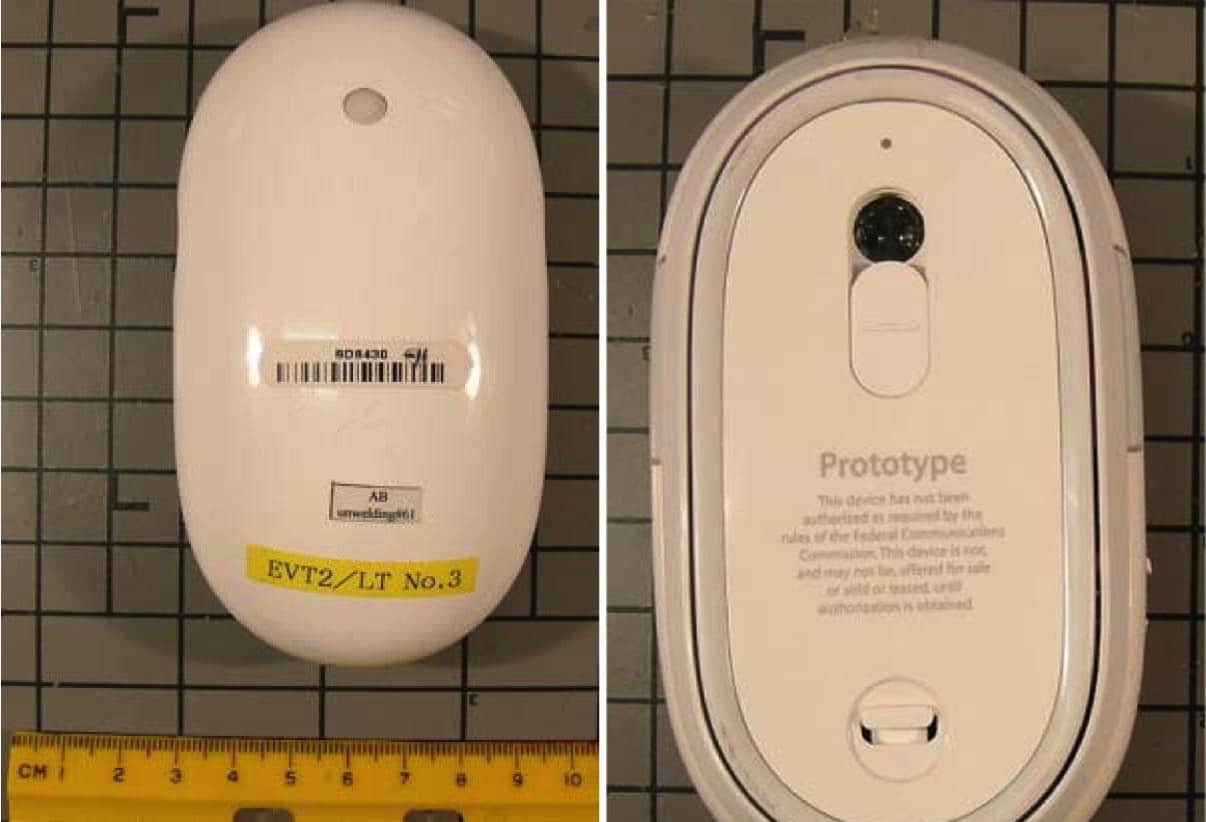
 July 24, 2006: The world gets its first glimpse of Apple’s new wireless Mighty Mouse, a multibutton Bluetooth device with super-accurate laser tracking.
July 24, 2006: The world gets its first glimpse of Apple’s new wireless Mighty Mouse, a multibutton Bluetooth device with super-accurate laser tracking.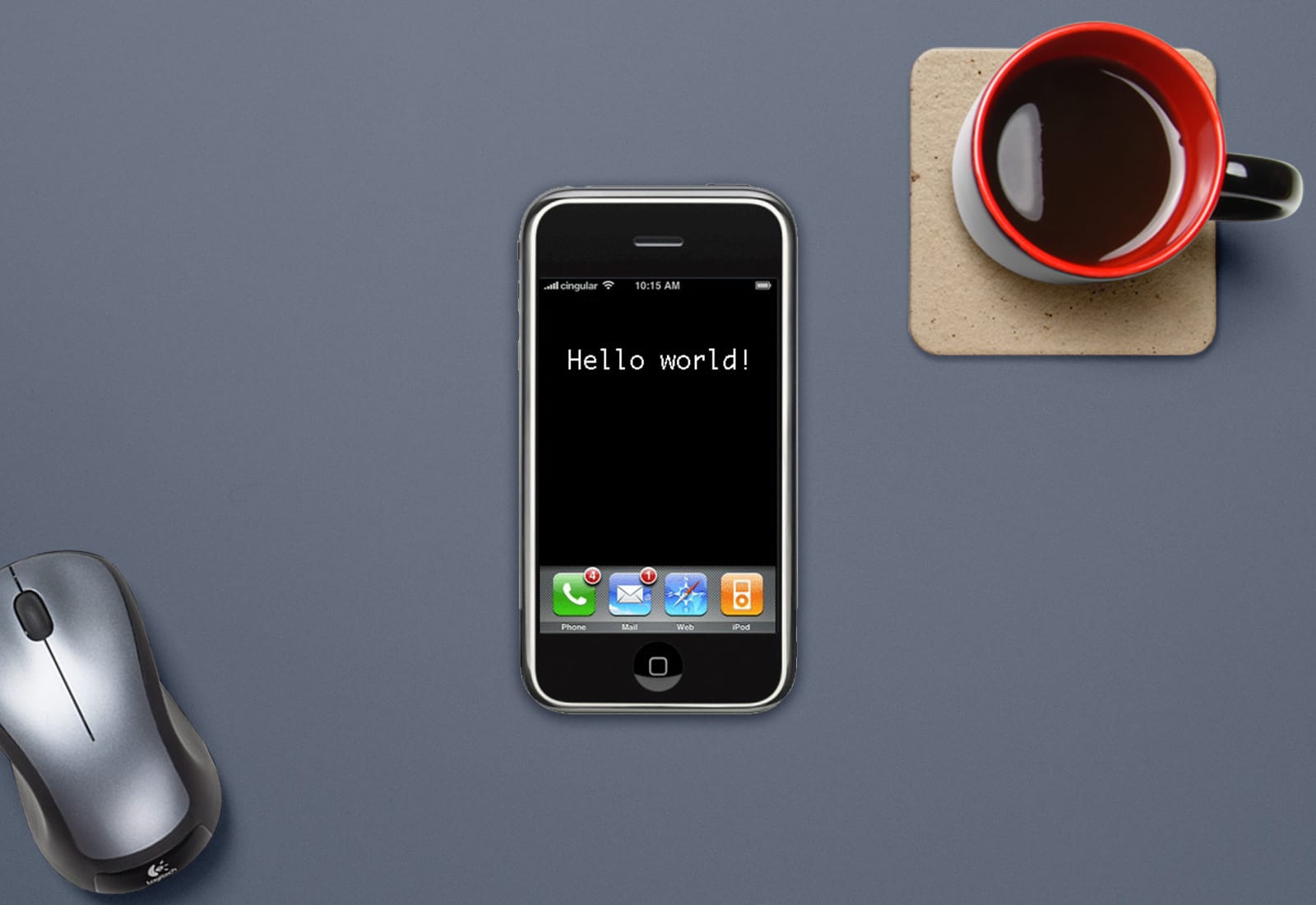
 July 20, 2007: Just a month
July 20, 2007: Just a month 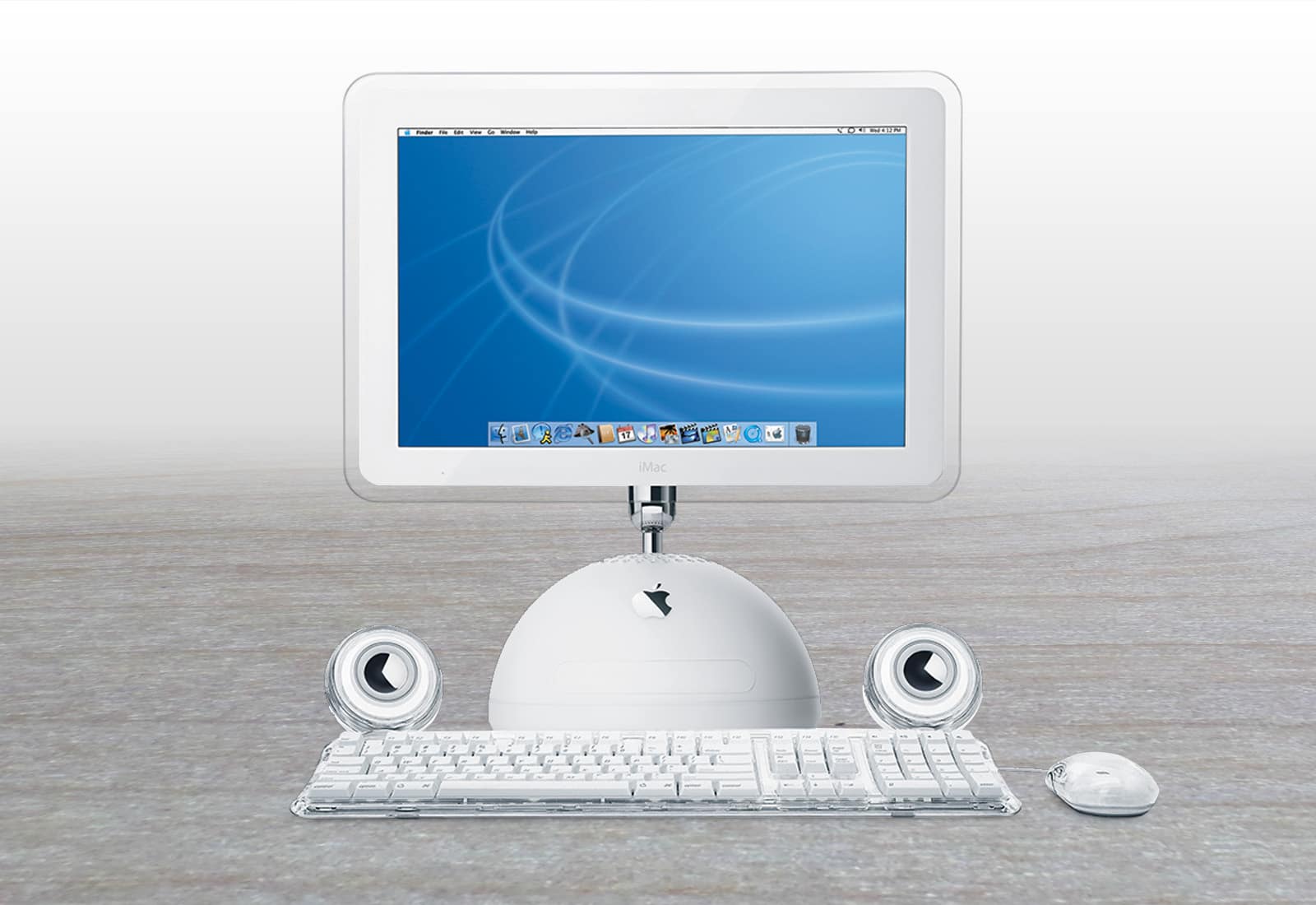
 July 17, 2002: Apple ships a new super-sized iMac G4, offering a 17-inch widescreen LCD display that becomes the envy of most computer users at the time.
July 17, 2002: Apple ships a new super-sized iMac G4, offering a 17-inch widescreen LCD display that becomes the envy of most computer users at the time.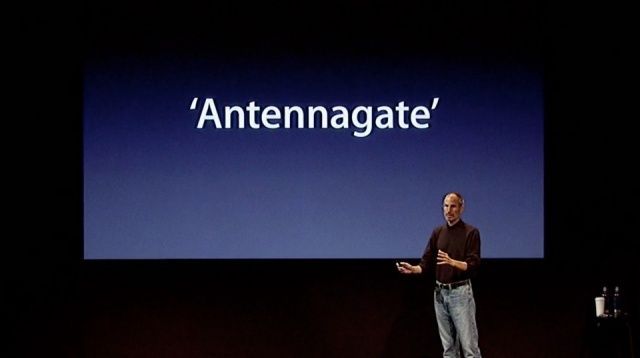
 July 12, 2010: The iPhone 4 suffers a major blow when respected trade publication Consumer Reports says it can’t, in good faith, recommend the new Apple smartphone.
July 12, 2010: The iPhone 4 suffers a major blow when respected trade publication Consumer Reports says it can’t, in good faith, recommend the new Apple smartphone.
 July 10, 2008: Apple launches the App Store, an online hub that lets iPhone owners browse and download apps made by third-party developers.
July 10, 2008: Apple launches the App Store, an online hub that lets iPhone owners browse and download apps made by third-party developers.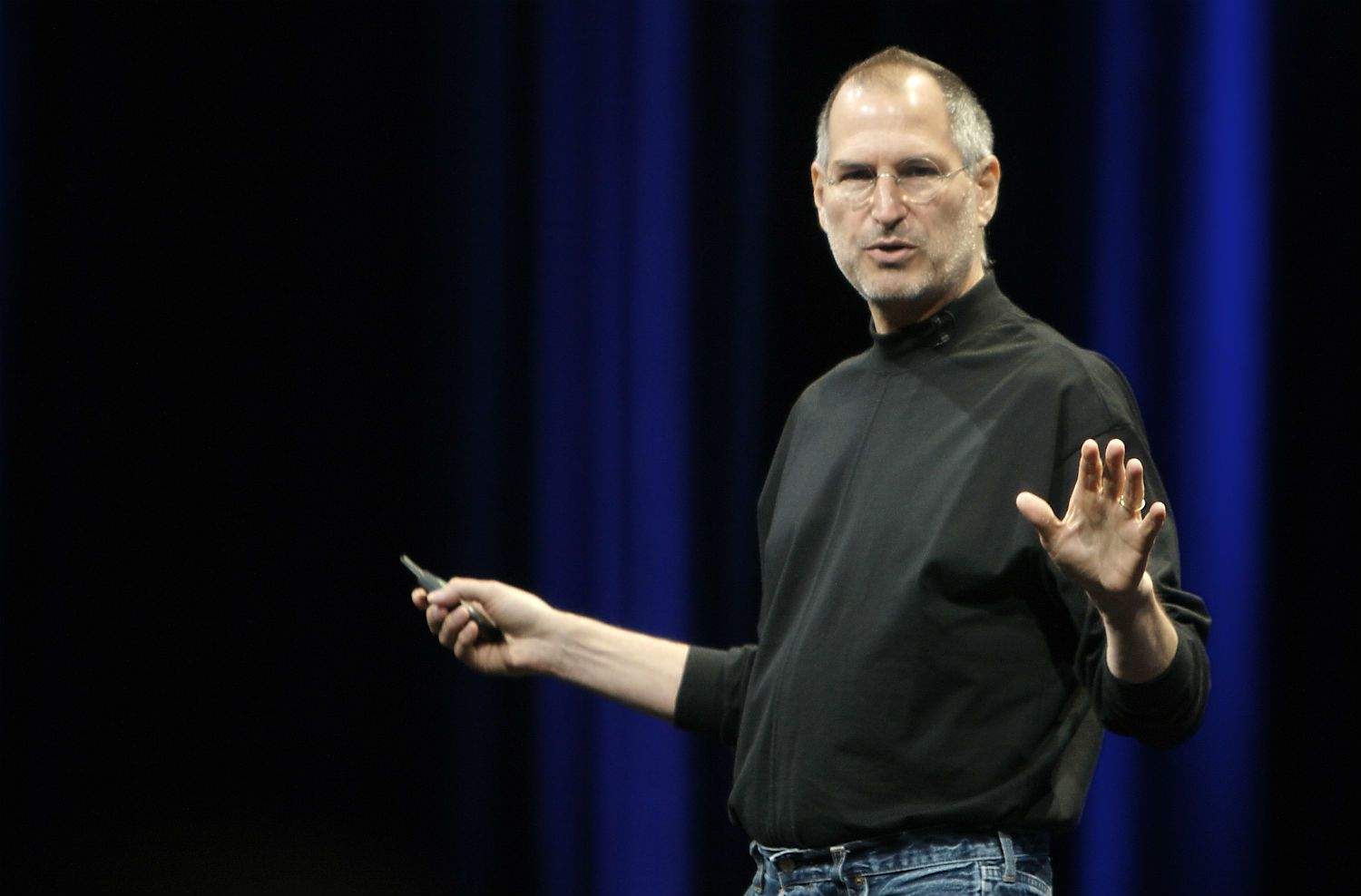
 July 8, 1997: Steve Jobs begins his path to becoming chief executive officer of Apple, after former CEO Gil Amelio
July 8, 1997: Steve Jobs begins his path to becoming chief executive officer of Apple, after former CEO Gil Amelio 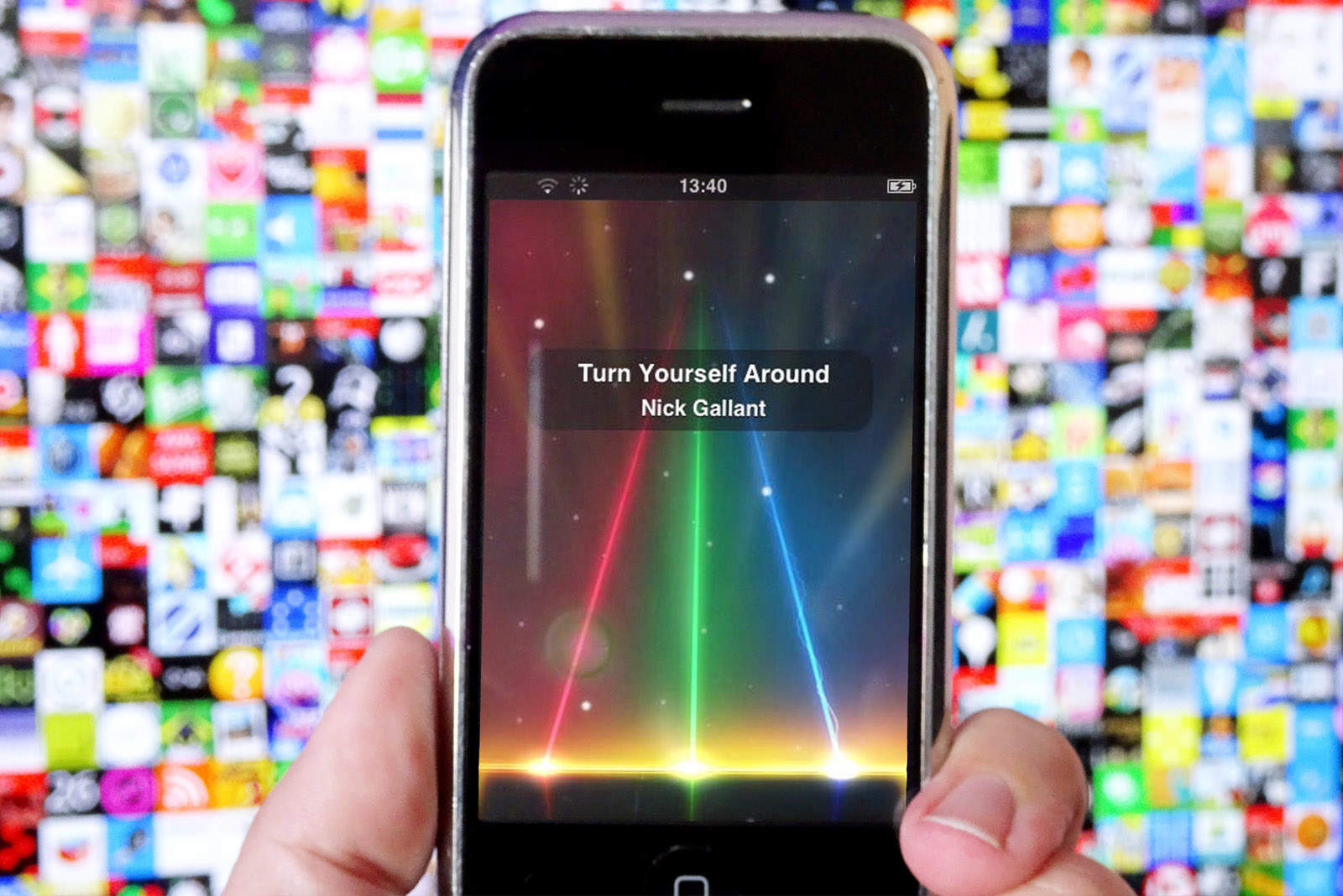
 July 7, 2011: Three years after its launch, the App Store passes 15 billion downloads.
July 7, 2011: Three years after its launch, the App Store passes 15 billion downloads.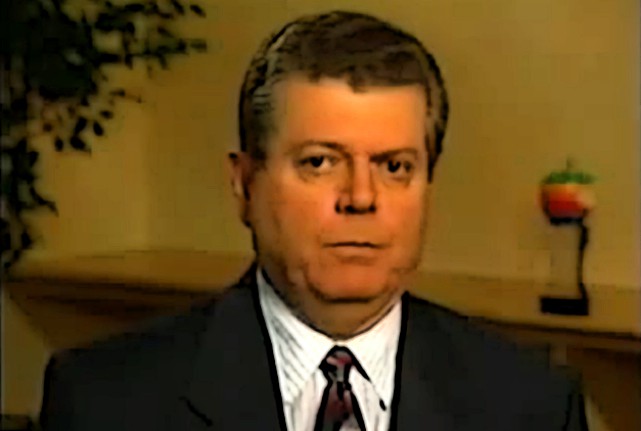
 July 6, 1997: Following a massive quarterly loss for Apple, board member Edgar S. Woolard Jr. calls CEO Gil Amelio and informs him that he needs to step down. “You’ve done a lot to help the company, but the sales haven’t rebounded,” Woolard says.
July 6, 1997: Following a massive quarterly loss for Apple, board member Edgar S. Woolard Jr. calls CEO Gil Amelio and informs him that he needs to step down. “You’ve done a lot to help the company, but the sales haven’t rebounded,” Woolard says.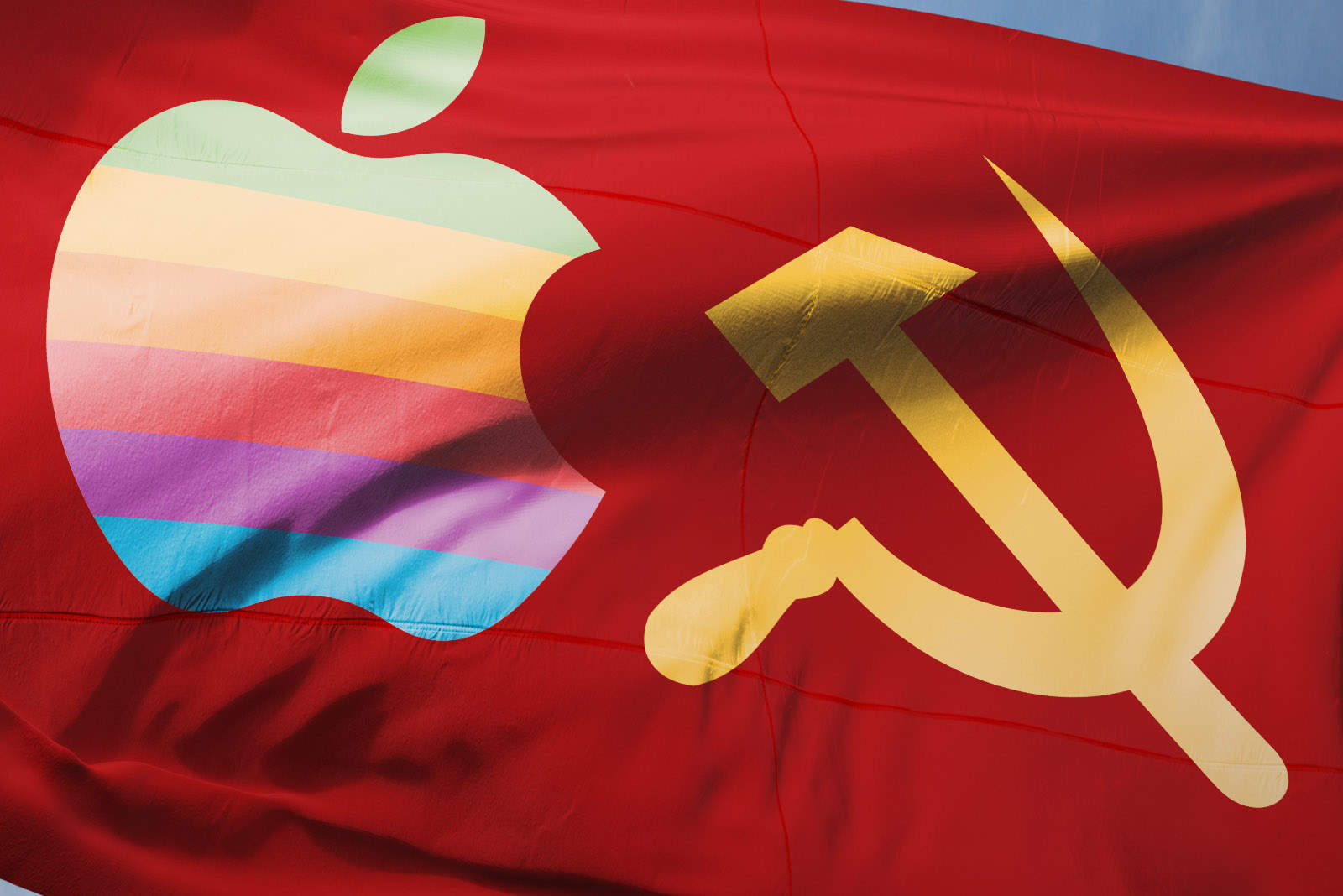
 July 4, 1985: Steve Jobs visits Moscow for the first time, with the aim of selling Macs to the Russians.
July 4, 1985: Steve Jobs visits Moscow for the first time, with the aim of selling Macs to the Russians.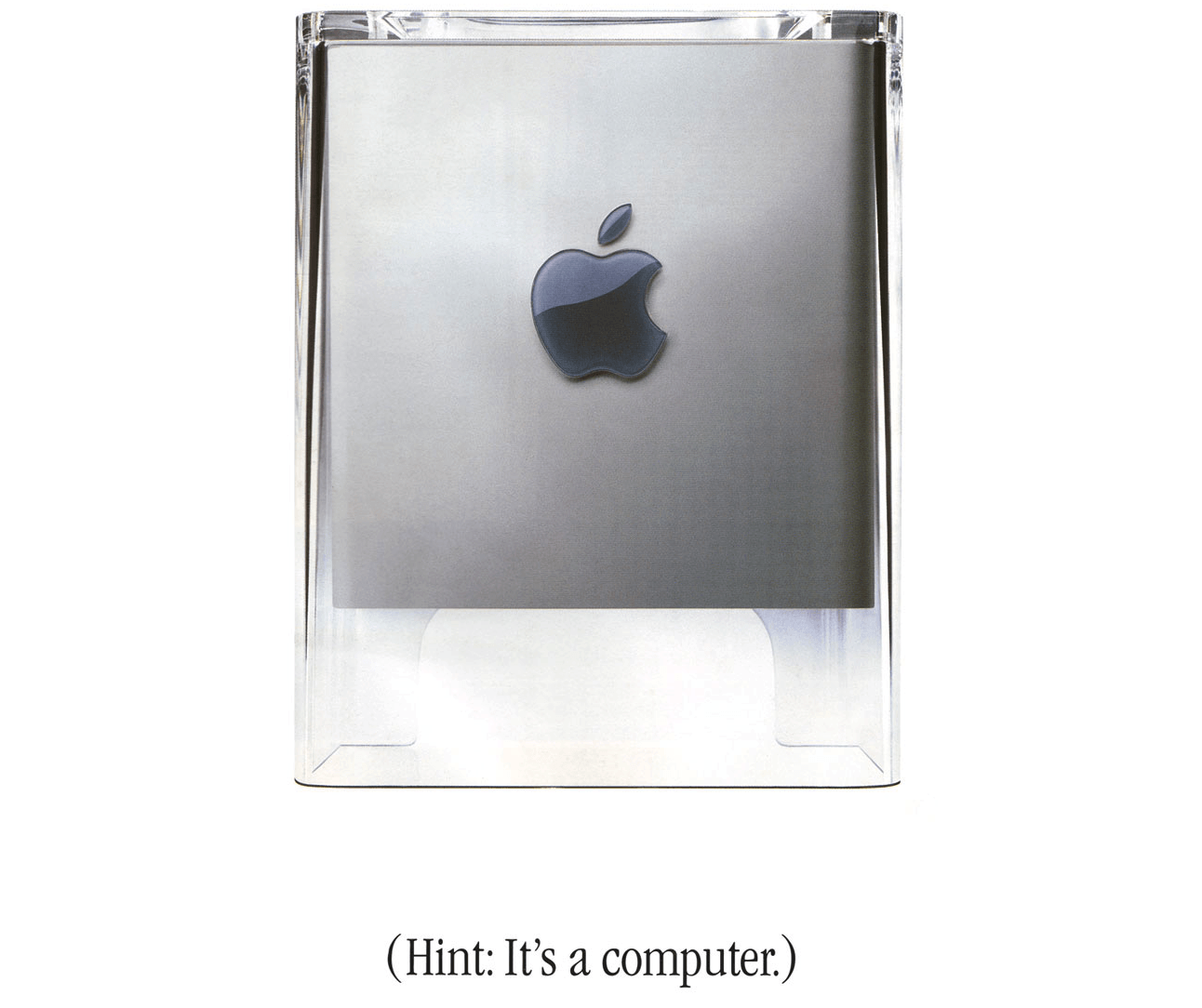
 July 3, 2001: Apple suspends production of its
July 3, 2001: Apple suspends production of its  July 2, 2010: Apple opens up about “Antennagate,” addressing iPhone 4 reception problems for the first time publicly.
July 2, 2010: Apple opens up about “Antennagate,” addressing iPhone 4 reception problems for the first time publicly.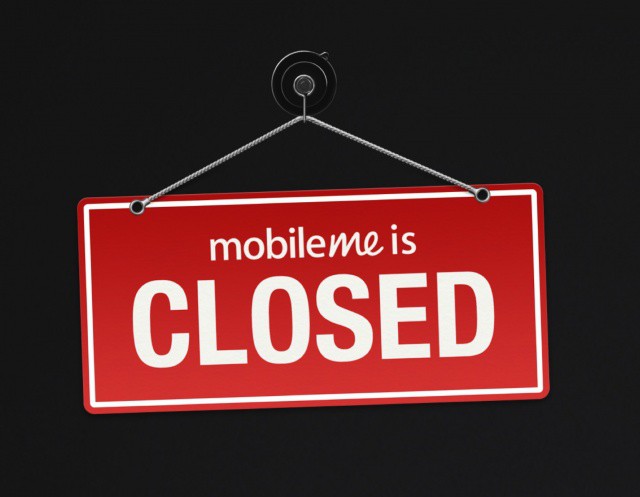
 July 1, 2012: Apple shuts down its MobileMe web service, pushing users to switch to iCloud.
July 1, 2012: Apple shuts down its MobileMe web service, pushing users to switch to iCloud.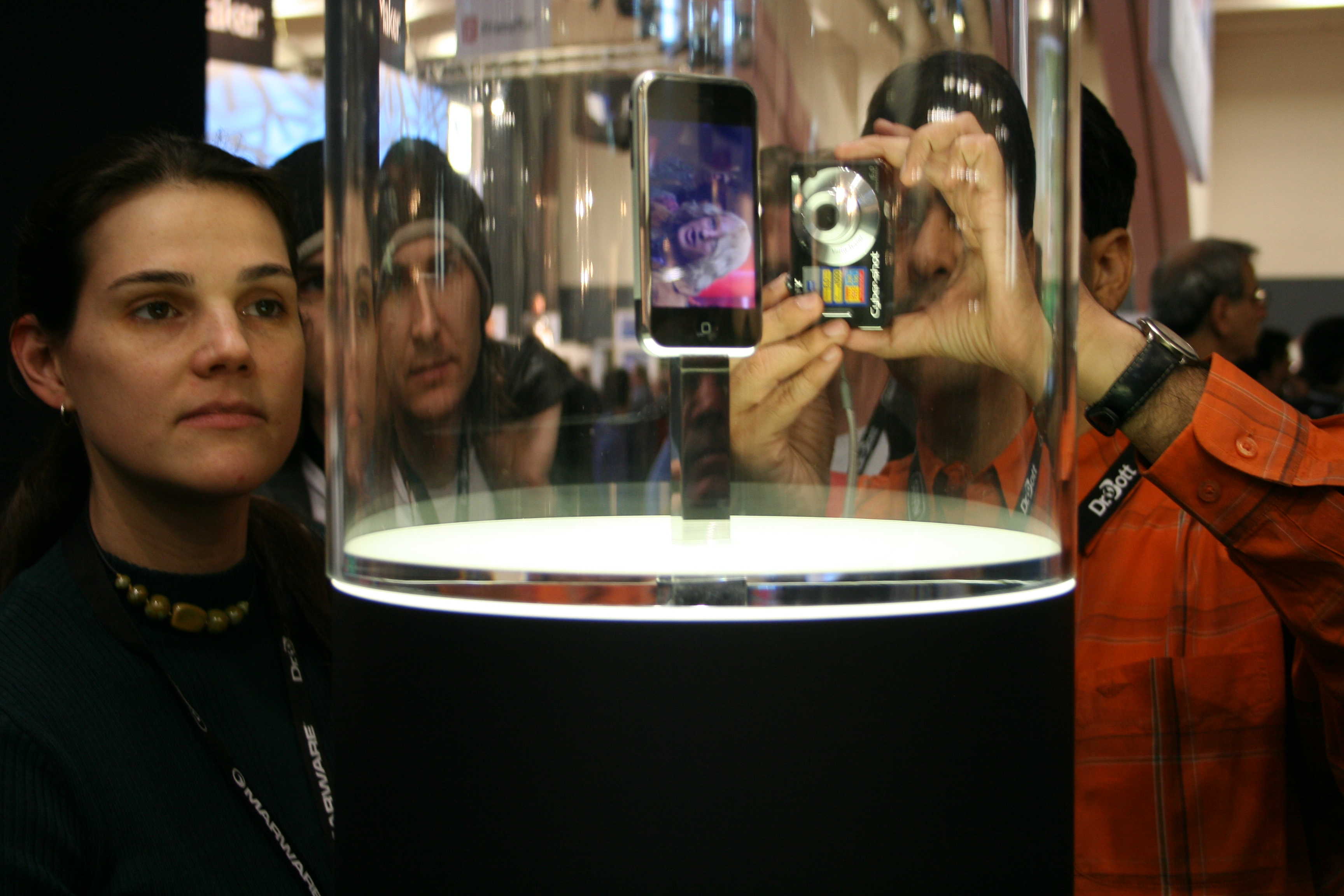
 June 29, 2007: The first iPhone goes on sale, giving excited Apple fans lined up outside stores their first chance at owning the game-changing smartphone.
June 29, 2007: The first iPhone goes on sale, giving excited Apple fans lined up outside stores their first chance at owning the game-changing smartphone.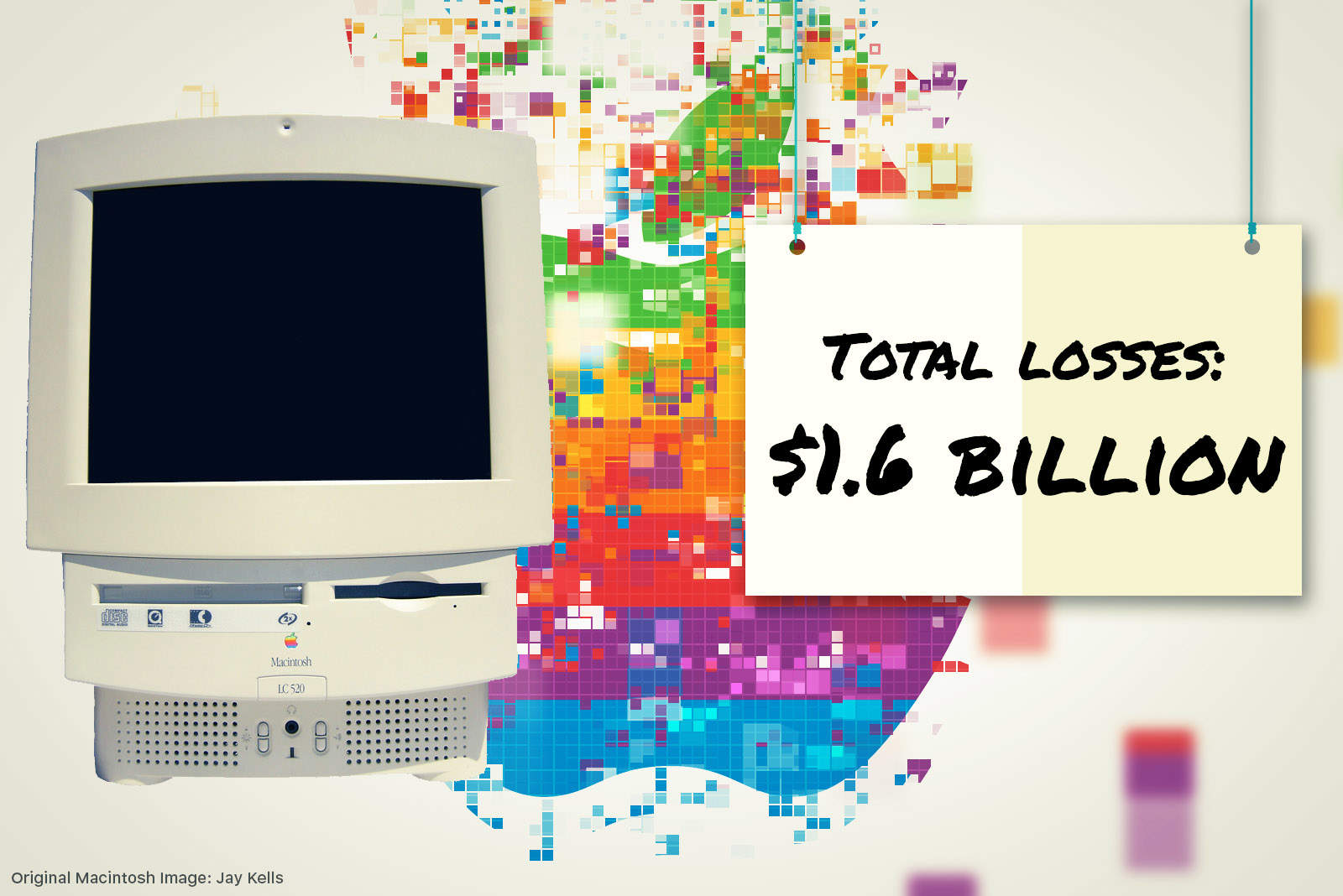
 June 27, 1997: The last day of another disappointing quarter brings an end to CEO Gil Amelio’s 500 days running Apple.
June 27, 1997: The last day of another disappointing quarter brings an end to CEO Gil Amelio’s 500 days running Apple. June 26, 2008: Apple sends an email to developers, calling for software that will be distributed in the forthcoming App Store.
June 26, 2008: Apple sends an email to developers, calling for software that will be distributed in the forthcoming App Store.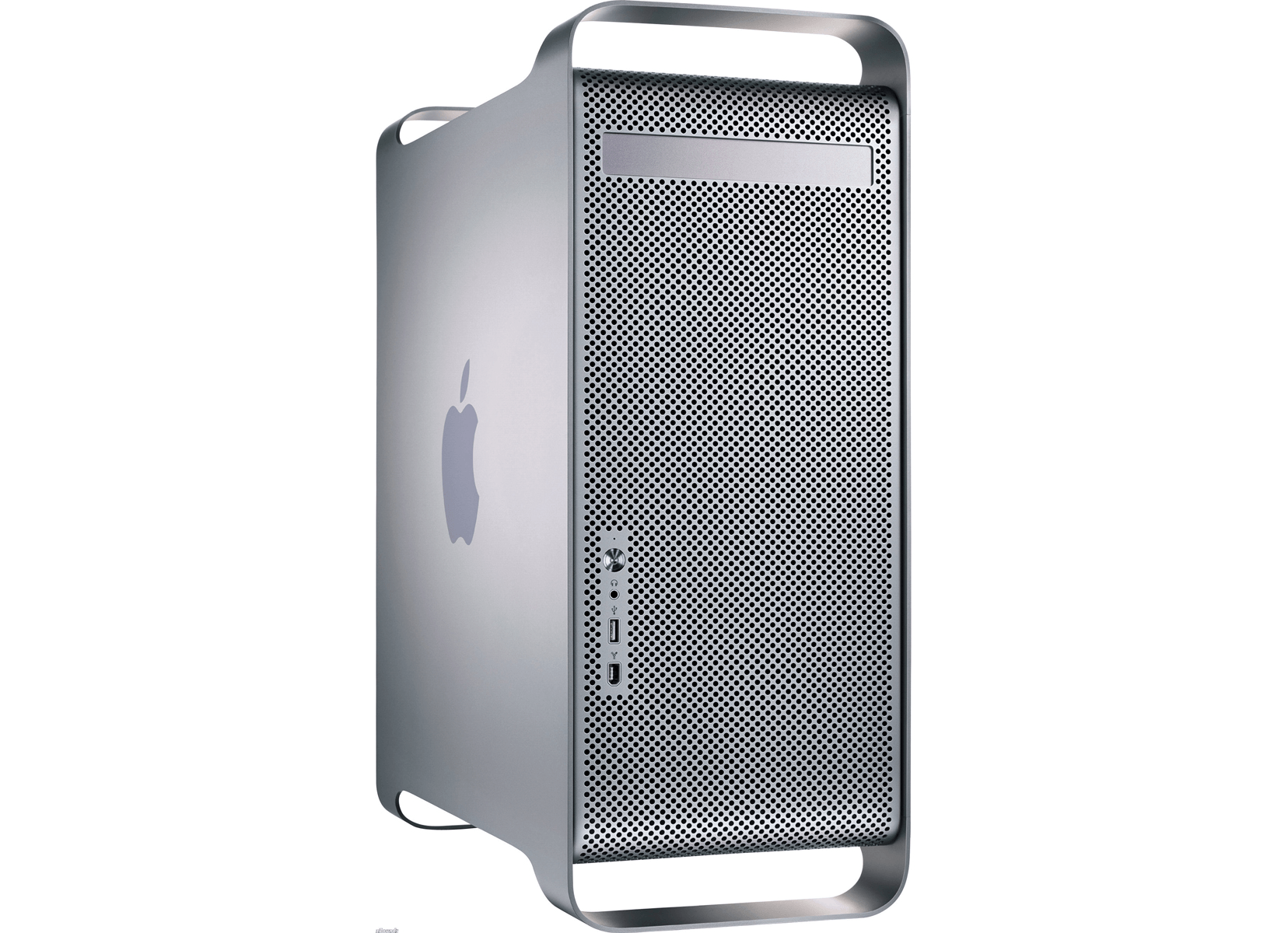
 June 23, 2003: Apple launches its gorgeous Power Mac G5, a powerhouse desktop computer with a perforated aluminum chassis that earns it the affectionate nickname “the cheese grater.”
June 23, 2003: Apple launches its gorgeous Power Mac G5, a powerhouse desktop computer with a perforated aluminum chassis that earns it the affectionate nickname “the cheese grater.”